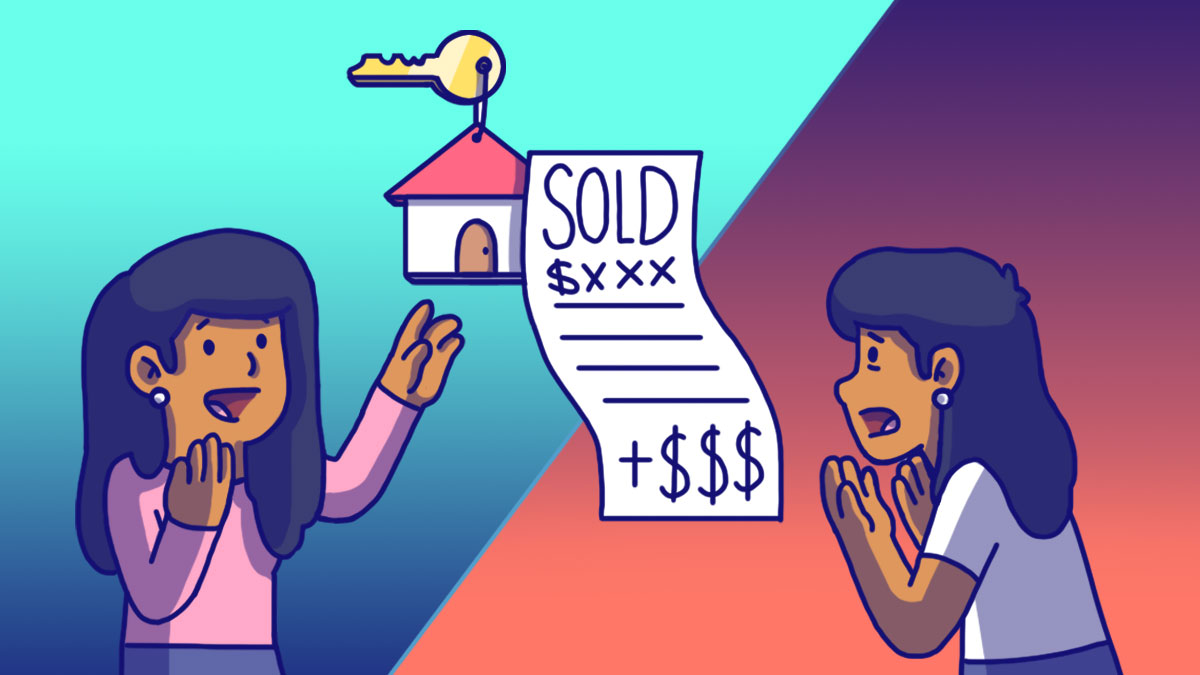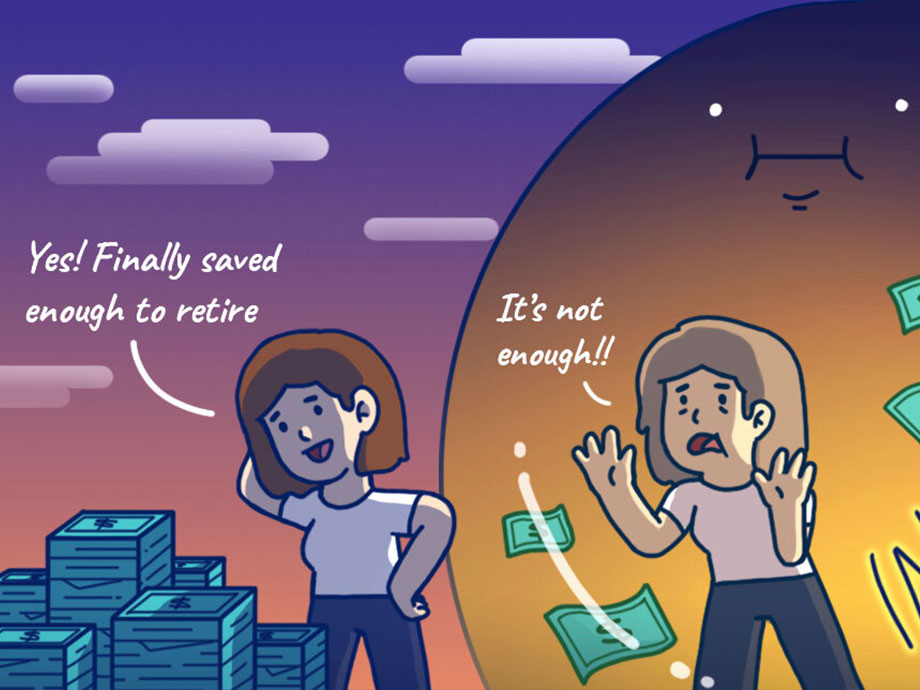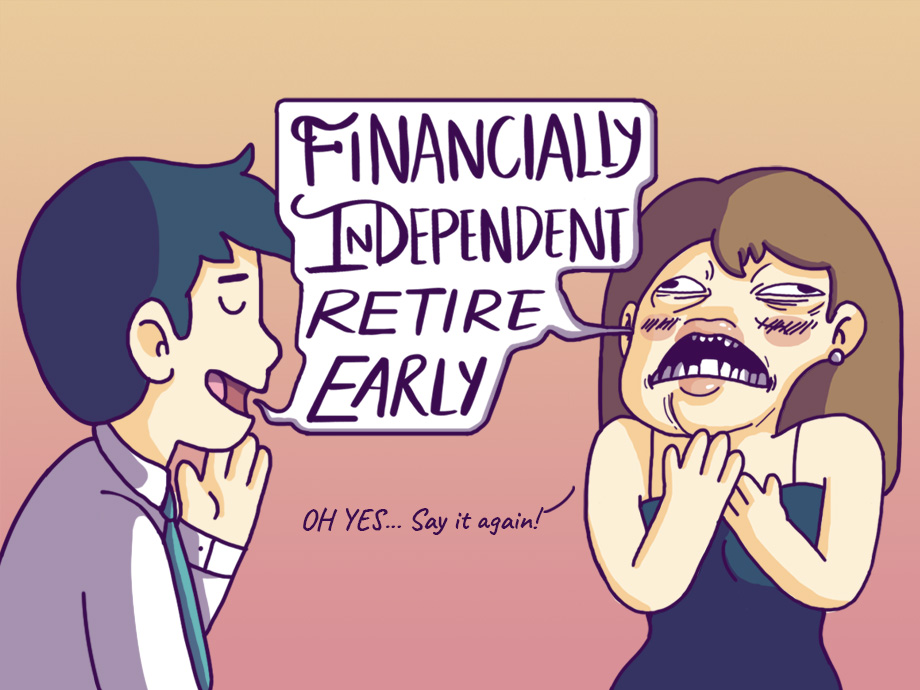Financial Planning | Personal Finance | Article
How Much It Can Actually Cost to Buy a Resale Flat
by Sophia | 22 Apr 2021 | 8 mins read

The biggest financial decision most of us will ever make is buying a house. And if you’re planning to go down the HDB route, you have two primary options: purchase a BTO or get a resale flat.
And if you are in a bit of a hurry to move into a new home, you are probably leaning towards the latter as the former requires three to four years before you can move in.
While resale flats tend to cost more than a BTO (because they are usually bigger and located in more convenient locations), the purchase price that you agree on with the seller isn’t the only thing that will require you to fork out dough when you purchase a resale.
So, let’s get this adulting thing right. Before jumping headfirst into the decision, it’s best to be prepared for all the costs involved when buying a resale flat.
Cash over valuation (COV)
This is the difference between the sale price of a resale flat and its actual valuation by HDB. For example, if you’re buying a resale flat at $450,000 from Bob, and HDB values it at $420,000, then your COV will be $30,000.
While this amount is part of “more expensive price” you’ll pay for your resale, here’s the crucial bit: COV has to be paid in cash to the seller, and can’t be covered by CPF or whatever loan you take. So you’ll have to factor this into your financial planning and ensure that your cash flow is not impaired by the COV you have to pay.
Why is there a difference between the purchase price and HDB’s valuation? Well, it depends on the size, condition, and location of the flat — these are the deciding factors that determine the final number.
According to 99.co, these are the types of flats that might be more valuable than their stipulated purchase prices (thus, requiring you to cough up that COV):
- Non-standard flats: maisonettes, dual-key units, and DBSS flats
- Flats that have undergone extensive renovations with special features like walk-in wardrobes and kitchen islands
- Flats in popular locations like Tanjong Pagar, or flats close to prestigious schools
- Flats that might be selected for en bloc redevelopment projects
A rule of thumb for sussing out a flat’s potential COV: Compare its asking price with the prices of other resale flats in the area. If the asking price is about 10% higher than other prices you come across, then be prepared to pay this hefty fee. In cash.
Renovation and furnishing costs
While renovation and furnishing costs are a given, whether you buy a resale or BTO flat, the costs can differ significantly between the two.
For BTOs, you’re effectively starting from scratch, because it’s a brand new flat that you’re moving into.
On the other hand, resale flats have been lived in for a long time before you move into them, meaning that there might be pre-existing defects or issues with the flat that you’ll have to deal with and pay for.
This includes reworking the bathrooms, problematic or leaky pipes, and worn out tiles. On top of that, if you don’t like the current look or layout of your resale flat, you’ll also have to factor in costs to hack down walls and redecorate it to an aesthetic of your preference.
How much will it all cost? According to Qanvast’s renovation cost calculator, these are the price ranges you should expect for renovation works on your resale flat, based on which area of the flat it is:
Living Room
| Type of renovation | Price range |
| Hacking | $100 – $3,900 |
| Masonry | $100 – $22,000 |
| Carpentry | $200 – $23,700 |
| Ceiling and partition | $200 – $3,200 |
Kitchen
| Type of renovation | Price range |
| Hacking | $100 – $3,200 |
| Masonry | $200 – $11,300 |
| Carpentry | $100 – $17,900 |
| Plumbing | $100 – $1,700 |
Bathrooms
| Type of renovation | Price range |
| Hacking | $100 – $6,800 |
| Masonry | $100 – $1,500 |
| Carpentry | $200 – $1,200 |
| Plumbing | $100 – $3,900 |
Other works
| Type of renovation | Price range |
| Electrical | $300 – $7,700 |
| Painting | $200 – $4,100 |
| Glass and aluminium | $400 – $13,800 |
| Cleaning and polishing | $300 – $13,900 |
Administrative fees
There are a couple of administrative fees involved in home transactions that you’ll need to deal, and they tend to be higher than the fees for a BTO flat:
- The application fee costs $40 for 1- and 2-room flats, while eager homeowners need to cough up $80 for 3-room flats or bigger. (In comparison, you only need to pay a $10 application fee for a BTO flat.)
- A $20 admin fee for a Temporary Extension of Stay.
The Temporary Extension of Stay only applies if the seller of your resale flat requests more time for them to move out of the flat. As the future owner of the flat, it’s on you to fork out the fee to grant them the extension period of their stay. Them’s the rules!
Property agent commission fees
If you’ve enlisted the help of a property agent to get you to the resale flat of your dreams, then there’s going to be an agent fee involved. This fee is typically around 3% of the purchase price of the flat, with 2% coming from the seller and 1% from the buyer (that’s you!), though how the agent fee is split is dependent on your agent.
You won’t need to worry about these fees if you get a BTO as you don’t need a property agent to help you handle any of the paperwork related to your purchase.
Other fees
We haven’t exhausted the list yet! From processing fees to the Home Protection Scheme from CPF, you’ve got a bit more to fork out cash for, though most of these can be reimbursed with your CPF money after being paid for in cash.
They are as follows:
Home Protection Scheme
This insurance scheme protects all household members in the event of the flat owner’s untimely demise, and ensures they’ll still have a roof to live under even if the worst should happen.
The monthly premium for the HPS can be calculated here, and is paid annually out of your CPF account.
Fire insurance costs
You’ll be able to insure your home against fire-related accidents, ranging from a cost of $1.50 to $8.50 for the next five years. The cost depends on the size of your flat.
Title search fees
This is the legal fee you pay to search the public records of the property you’re purchasing. This will cost an additional $10.40.
Processing fee for Request for Value
This is to submit a request to HDB to confirm the flat’s value, which costs $120.
Survey fee
Based on the size of your flat, the survey fee is as follows:
| 1-room flat | $150 |
| 2-room flat | $150 |
| 3-room flat | $212.50 |
| 4-room flat | $275 |
| 5-room flat | $325 |
| Executive flat | $375 |
HDB caveat registration fee
After you sign the agreement for lease to your flat, the caveat registration fee will allow you to lodge a caveat to protect your interest in the flat, effectively sealing the deal. This caveat registration fee will cost $64.45, inclusive of GST.
Lease in-escrow registration fee
This fee is payable if HDB is acting for you in the flat purchase, and will cost $38.30.
Conveyancing fee
This fee is based on the mortgage loan you’re going to take, and is calculated like this:
| For the first $30,000 | $0.90 per $1,000 |
| For the next $30,000 | $0.72 per $1,000 |
| Remaining amount | $0.60 per $1,000 |
So for example, if your mortgage loan amounts to $300,000:
($0.90 x 30) + ($0.72 x 30) + ($0.60 x 240) = $192.60
Buyer’s stamp duty
This is tax you’re paying on the documents you sign after buying property in Singapore. The stamp duty is calculated as follows:
| For the first $180,000 | 1% of selling price |
| For the next $180,000 | 2% of selling price |
| For the next $640,000 | 3% of selling price |
| Remaining amount | 4% |
For example, if the selling price of your flat is $450,000:
First $180,000 x 1% = $1,800
Next $180,000 x 2% = $3,600
Remaining $90,000 x 3% = $2,700
Total stamp duty = $1,800 + $3,600 + $2,700 = $8,100
For all other legal fee calculations, you can use HDB’s legal fee enquiry calculator here.
Rule of thumb: Always negotiate and ensure you’re aware of all costs
Those are a lot of fees to deal with — which is why there’s merit in negotiating the price of the resale flat you’re eyeing.
Some property sites recommend that you negotiate and ask for 10% to 15% below the asking price, but be warned: Sellers will always go for the most attractive offer, so be careful not to lowball anyone. If possible, ask the seller’s agent about the lowest price the seller might accept to make a more informed negotiation.
There are some marked differences in cost between buying a resale and BTO flat, and overall, might cost a little more to live in a resale flat.
It’s always wise to exercise prudence and diligence in your planning — after all, you’ll want to be able to afford all these costs on top of the main purchasing fees involved, and to be able to settle into your new home comfortably, with a peace of mind.














